Content:
Sweet cherry berry is a favorite of children and adults. Before enjoying the wonderful taste, the gardener has to work hard to grow it. One of the worst enemies of the sweet cherry is the black aphid, which leads to the death of the crop and the tree itself. Therefore, every gardener should know how to deal with aphids on cherries.
Signs of aphid infestation
The size of an adult aphid is up to 2.5 mm, the color is black, shiny. Its reproduction is very fast, constantly. The buds, leaves, ovaries that have barely begun to bloom become a place for the insect to lay eggs. Soon, huge colonies of aphids occupy almost all cherries. Aphids produce up to 50 colonies per season.
The larvae that are born immediately begin feeding, the basis of which is the cell sap of the plant. With its proboscis, aphids can pierce only the delicate skin of young leaves and buds. The digestive activity of the insect occurs with the release of sugary excrement, which clogs the stomata and contributes to the appearance of a sooty fungus. The immune system of sweet cherries is destroyed, photosynthesis slows down. At the time of biting through plant tissues, aphids can infect it with viruses.
The main signs of the defeat of sweet cherry by aphids are found in the summer, in June or July. When young shoots appear, you should carefully examine them, paying attention to the following signs:
- the lower surfaces of the leaves, the buds are covered with dense clusters of black insects;
- the presence of a sticky liquid on the affected parts of the cherry;
- whitish remnants of aphid cover after molting inside shriveled leaves;
- wrinkling of the leaf in the transverse direction or in the form of a spiral, wilting, blackening, drying;
- stopping the development of buds, berries;
- infectious, fungal infection of cherries;
- slow growth and development of the tree, freezing in winter;
- the presence of many ants.
Distribution methods
One of the ways of dispersal of the pest is through ants. The sweet juice secreted by aphids (honeydew) serves as a constant source of food for ants. Therefore, they take care of aphid colonies, transferring them to new pastures, protecting them from other insects, hoverflies and ladybirds. In the middle of summer, a mature aphid with wings is born, capable of reproduction and movement over large areas, up to several tens of kilometers. Females mate with males, laying many black eggs for the winter. In the spring, the cycle starts again.
How dangerous is aphid
The appearance of aphids is often a surprise to the gardener. In just a few days, you can find a massive defeat of the cherry orchard. Approximately 450 species of aphids in the northern hemisphere alone are considered one of the most dangerous pests of garden, forestry, and agriculture. Aphids on cherries significantly reduce the commercial quality of the crop.
The curvature and tuberosity of the shoots as a result of the vital activity of aphids leads to the death of cherries in winter. Economic damage occurs if 25% of the foliage is affected by insects. The rapid reproduction of black aphids requires timely adoption of the necessary measures. If nothing is done, then even the most prosperous area will suffer irreparable damage.
Control methods
If black aphids are found on cherries, how to fight? There are different methods:
- biological - using insects, birds, plants;
- physical - with the installation of special devices;
- folk - using home remedies;
- chemical - by means of chemicals.
Biological methods
Plants
You can protect cherries and prevent the appearance of aphids with the help of plants:
- Plants that repel pests with their phytoncides: marigolds, coriander, onions, garlic, lavender, mint, fennel. They are planted near cherries;
- Plants that attract aphids: petunia, nasturtium, cleoma, mallow, poppy, kosmeya, beans, bird cherry, linden, viburnum. They should be as far away from the cherry as possible, distracting the pest to themselves. After the defeat of aphids, these plants will have to be removed from the site or sprayed.
Insects
Aphids have natural enemies in nature that eat them: hoverflies, ladybird larvae, ground beetles, lacewings, earwigs, wasps, predatory bugs and others. It is beneficial for the gardener to attract them to his site. For pollen from blooming daisies, hoverflies arrive. Their larvae eat a huge amount of black aphids. Solanaceae, amaranth serve as bait for ground beetles, fern thickets will attract lacewing. Earwigs can be lured with containers of wood chips. Larvae of ladybirds and lacewings are also sold in garden centers.
Birds
If you do not plan to use chemicals, birds will help fight black aphids. Feeders and containers with water will attract sparrows, tits, bloodworms, linnet, chiffchaff warblers, willow warblers, wrens, robins-robins.
Physical methods
The easiest way to deal with aphids and ants is to wash them off the cherries with a strong stream of water. This is done early in the morning, before the onset of heat, otherwise the plant will be burned. Some gardeners try to remove pests by crushing them with the palm of their hand in accessible places, cutting off infected shoots, leaves and inflorescences. But doing it manually is technically very difficult and inefficient, so you have to resort to other methods:
- the use of special trapping belts for the cherry trunk, wrapping it with strips of sticky tape;
- weed control;
- pouring boiling water over the nearest anthills;
- planting next to cherries, peppermint, garlic, tomatoes, as their smells repel ants.
If, nevertheless, ants are found on the cherry, how to get rid of them? Pour bleach around the cherries. This will become an insurmountable barrier for ants, and aphids will not settle on this tree.
Folk remedies
There are effective, proven by many gardeners, folk methods of fighting black aphids on cherries. For example, the use of herbal infusions and decoctions. Cherries can be processed in summer - in June and July.
Such products can be dangerous not only for harmful, but also for beneficial insects. Some of them are capable of causing poisoning in humans. Therefore, it is necessary to strictly observe the required proportion.
Garlic infusion
The following recipe has a good insecticidal effect against black aphids:
- chop a bunch of herbs and garlic roots;
- add 5 liters of water, a grated bar of soap;
- insist from 1 to 2 hours.
Areas infected with black aphids should be sprayed 3 times every 10 days.
Ash and water
The wood ash must be sieved. Take 300 g (2 cups) of ash and boil for half an hour in several liters of water. After that, add so much water to make 10 liters of the product.The cooled liquid is sprayed with cherries. After 10 days, the procedure must be repeated.
Another recipe for aphids. Pour 10 liters of boiling water with 300 g of ash, add 50 g of laundry soap crushed into shavings. After overnight infusion, the solution is filtered through a triple layer of gauze and poured into a sprayer. Cherry processing is carried out at the stage of budding, the appearance of young leaves.
Tomato leaves
Take 5 kg of green tops and stepchildren of tomatoes, pour 10 liters of hot water, boil for half an hour over low heat. Before spraying the cherries, the broth is diluted with water in a ratio of 1: 3 and 30 g of soap per 10 liters is added.
Celandine
A 10-liter bucket of water will require 3-4 kg of freshly harvested celandine. You need to insist at least 2 hours in a dark place. Cherry infusion should be processed daily, until the result is obtained.
Dandelion
About 300 g of finely chopped fresh dandelion leaves are poured into 10 liters of warm water. The infusion is prepared for 2 days. The product must be filtered before use.
Onion peel
The infusion is made from 500 g of onion husks and 10 liters of water. Spraying of cherries is carried out every 10 days.
Tobacco
A concentrate is prepared from 200 g of tobacco and 1 liter of water. Before use, it is diluted with water in a 1: 3 ratio.
Another popular recipe against aphids with tobacco: 200 g of finely chopped dry tobacco leaves are poured into 5 liters of water. After 1 day, the resulting infusion must be diluted with water to 10 liters and boiled over low heat for 1.3 to 2 hours.
Essential oils and cream
In a glass of cream, lavender, cedar and tea tree essential oils are diluted - 10-15 drops each. The mixture is diluted with 2 L of water. Enough 3 procedures for spraying cherries every other day.
Vinegar
You can not use pure vinegar, as this leads to plant burns. A solution of 1 tsp. vinegar and 1 liter of cool water is highly effective against aphids on cherries. If apple cider vinegar is used, then 1 tablespoon is taken. for 1 liter of water. It is recommended to increase the effectiveness of the solution by adding any detergent. It makes it difficult for the aphids to move, preventing the insect from escaping. Spraying the product on cherries is carried out at intervals of 2-3 days.
Soda ash
To get rid of not only black aphids, but also powdery mildew, you will need:
- soda ash - 2 tbsp l .;
- dishwashing liquid - 1 tbsp. l .;
- water - 1 l.
You need to process cherries several times, with an interval of 5 days. The product can be used even during fruit ripening.
Domestos and soap
To 10 liters of water add 100 g of tar soap (you can use black laundry) and 5 drops of Domestos or another chlorine-containing agent. It is required to sprinkle the solution on the branches of the cherry after the leaves bloom. After 15 minutes, rinse the treated areas with water from a hose. After 2 days, the procedure is repeated.
Ammonia
Instant recipe, no need to rinse. Dissolve a couple of tablespoons of ammonia in a bucket of water, add 1 tbsp. l. liquid soap.
Chemical methods
There are 3 classes of insecticides against black aphids:
- Pyrethroids: Kinmix, Decis Profi, Inta-Vir;
- Organophosphorus compounds: Actellik (pirimiphos-methyl), Karbofos, Antiklesh, Alatar, Fufanon. Currently, these funds are becoming less effective, as there is aphid resistance;
- Neonicotinoids: Aktara (thiamethoxam), Confidor (imidacloprid), Tanrek, Iskra Zolotaya. These are the most effective aphids. Analogues of these drugs: Biotlin, Komandor, Zubr, Prestige, Imidor, Tsvetolux Bau, Kalash, Corado, Respect, Monsoon, Tabu and others.
The use of chemicals requires that the correct spraying time be observed. Suitable periods for processing cherries:
- branches before the leaves open;
- before flowering, when budding occurs;
- at the end of flowering, during the growth of ovaries;
- a month before picking berries.
If cherries are treated with a chemical agent for aphids during flowering, then toxic substances will get into the berries.
There are also biological products: Fitoverm, Akarin.They do not accumulate in the leaves of plants, and after 4 hours after application they become harmless to bees. But there are also disadvantages. The constant use of these agents causes the formation of resistant strains, spraying can be done only in cool weather (18-20 degrees), a small degree of toxicity is still present.
Preventive measures
You should always remember about the main rule of the gardener - timely preventive measures are much better than dealing with the problem that has arisen and its consequences. Key recommendations:
- Annual cutting of damaged branches during the passive period of the tree, before the bud swelling. Cutting out tops and rootlets to get rid of hibernating eggs;
- Removal of weeds, plant residues, fallen leaves, which will avoid the emergence of a new generation of aphids from the eggs laid. Planting marigolds and tansy near the trunk, mulching with celandine, wormwood and mint;
- Timely treatment of cherries for diseases and fungal infections;
- Restraining the development of ant nests. Getting rid of them completely is not justified, since ants pollinate plants in rainy weather instead of flying pollinating insects. It is recommended to destroy only the anthills closest to the cherry. A path of dry wood ash sprinkled around the cherry will keep insects out. However, after rain, the protection must be renewed. Sticky tape on the trunk, birch tar are also used as a barrier;
- Mandatory spring and autumn whitewashing of trunks and bearing branches of the crown. Whitewashing before winter helps save the tree from the spores of pathogenic fungi, poisons and seals the clutch of aphid eggs. Early spring whitewashing will allow cherries to bloom. By the time the flying females of the pest appear, the leaves will have time to coarsen and become resistant to the insect;
- The presence of trees that attract aphids, which are undesirable, close to cherries: linden, plum, viburnum, mallow, bird cherry.
Competent agricultural technology is also very important for the prevention of black aphids on cherries. It is recommended to avoid an overdose of nitrogen fertilization in order to avoid too active foliage growth, especially in the second half of summer. Fertilizers, in addition to nitrogen, phosphorus and potassium, must also contain molybdenum, zinc, boron, and iron. In this case, it is necessary to observe the necessary acidity of the soil for the complete assimilation of nutrients. It is advisable to increase the amount of potassium in the top dressing by adding ash. Potassium strengthens the cell walls of the leaves, making their skin too dense for aphids.
Cope with black aphids on cherries is not so difficult, even a novice gardener can do it. There are many methods of struggle, it remains only to experiment and choose the most effective of them. Competent, timely preventive measures will help avoid this problem and get a rich harvest of cherries.
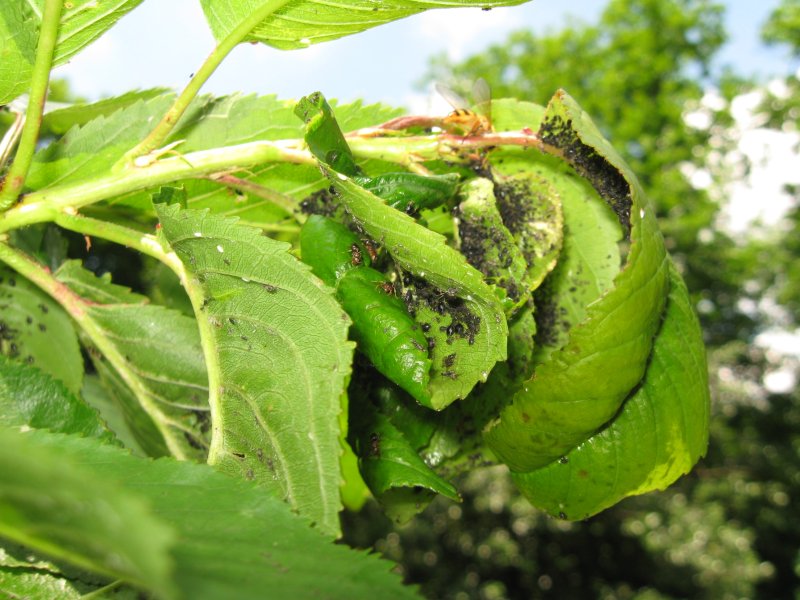
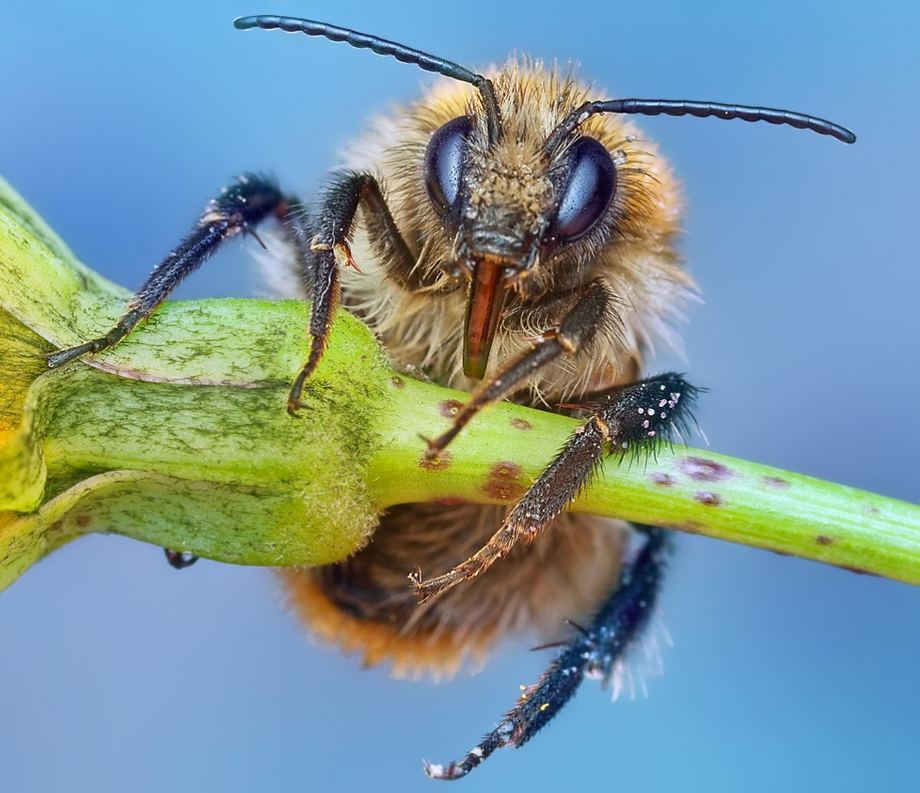
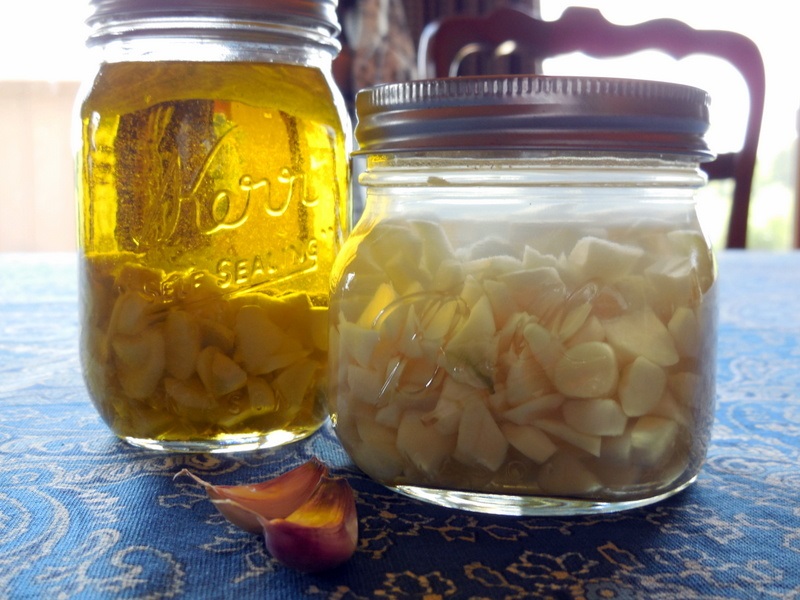
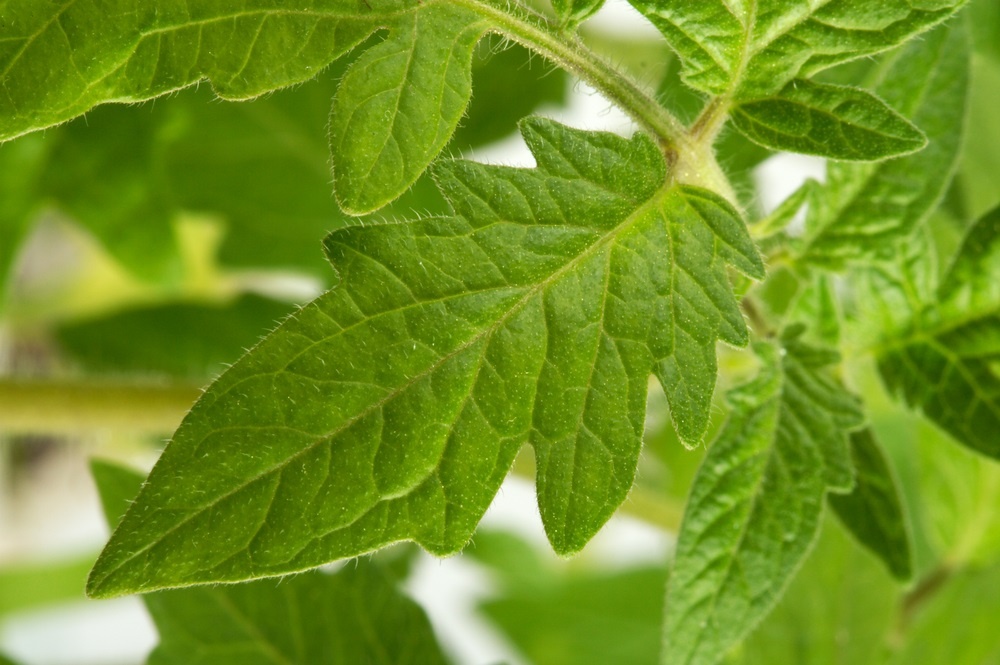

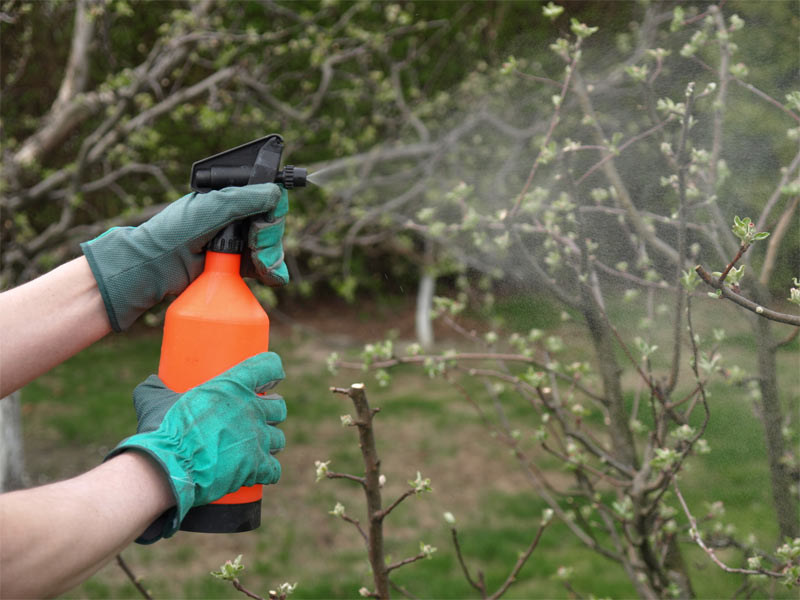
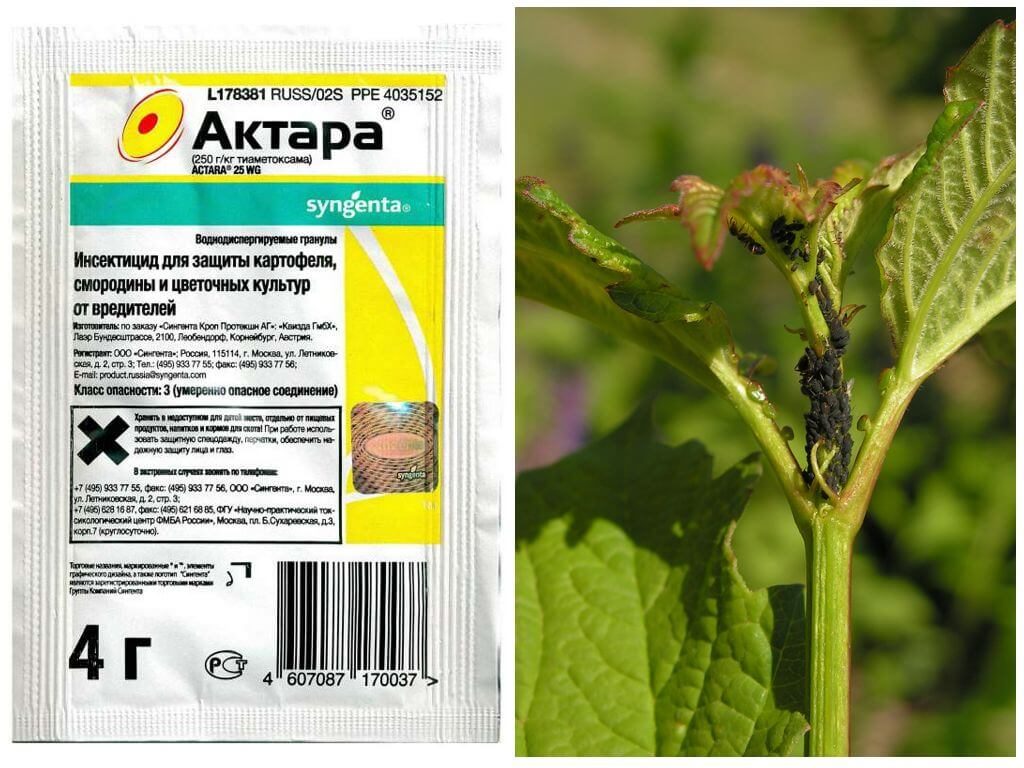
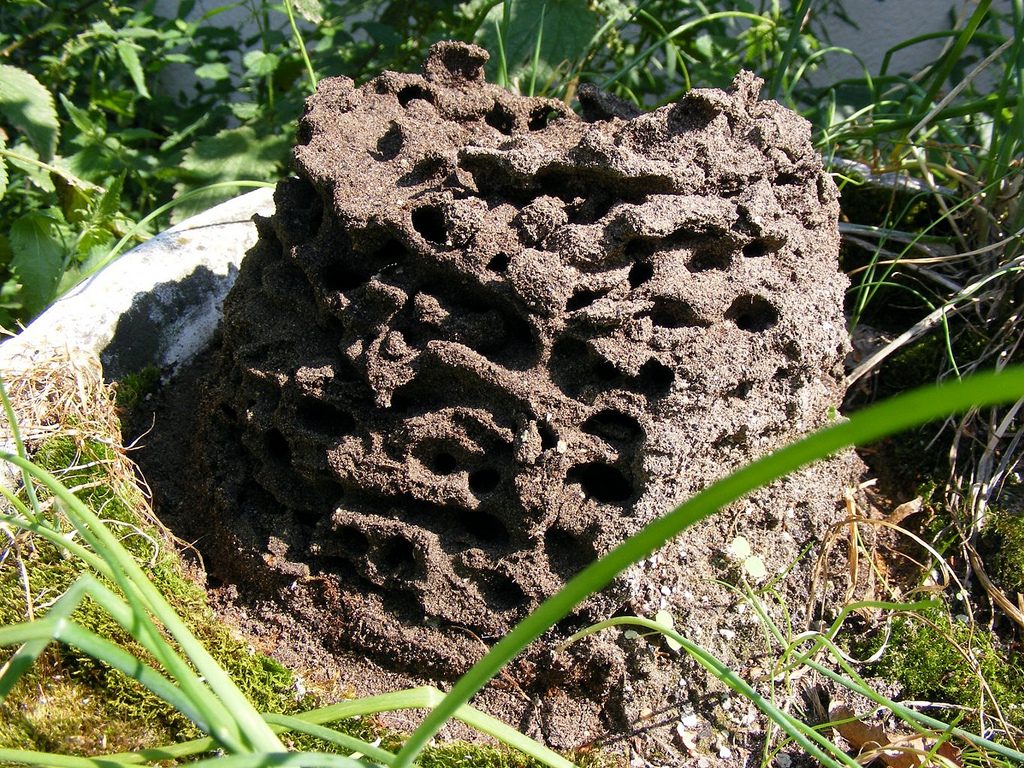


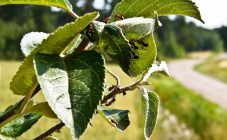
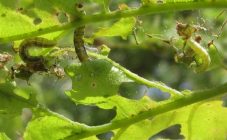
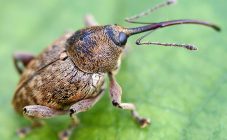
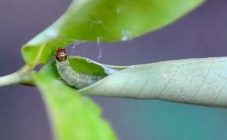







thanks for the advice